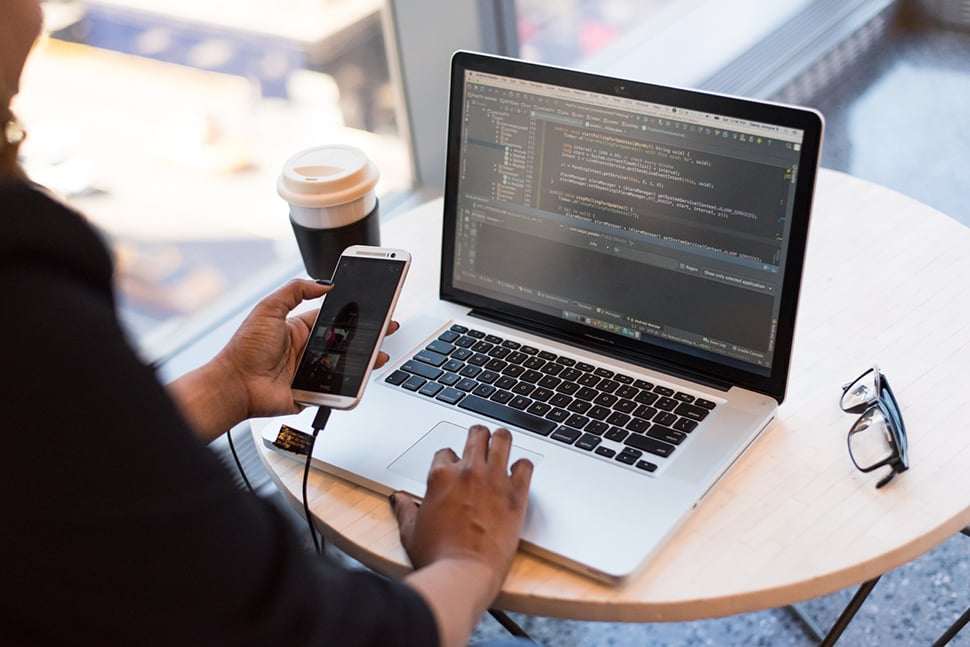Is it Time to Rethink Your SaaS Customer Acquisition Strategy?

The COVID-19 crisis has caused business leaders everywhere to reconsider their customer acquisition strategy.
Growing software companies that might have once relied on “high touch” sales and comprehensive onboarding procedures are finding that their customers may perceive some of those complexities as friction (not to mention the term “high touch” just seems wrong at a time like this).
While “low-touch” customer acquisition models aren’t right for every company, they can reduce the length of the sales cycle while helping customers - who may or may not be coming to you in “crisis mode” - achieve results quickly.
We’ll take a look at three software as a service (SaaS) acquisition models: freemium, free trial, and paid upfront, examining the pros and cons of each and uncovering how each strategy relates to billing.
Which customer acquisition model is best for you?
The “paid upfront” model, which requires users to pay for a subscription before accessing any of your product’s functionality, is more often associated with the “high touch” sales process.
Since the user can’t establish for themselves (through a free trial or access to a limited list of features) how a tool will generate results in the context of his or her own business, most of the burden of customer acquisition and retention falls on your team.
That being said, after establishing trust, addressing questions and concerns, providing information specific to their use case, fielding objections, and consulting heavily through the conclusion of the sale, you are able to capture revenue from your users at any given time.
There are lower-touch alternatives to this method, however. There’s a lot of debate over the value of the free trial (giving prospective customers a limited period of time during which they can access a product’s functionality for free) and the freemium model (offering a free version of your product indefinitely, but charging for additional features).
Patrick Campbell from ProfitWell has released some helpful stats that support a preference for the “freemium” model. As of 2020:
- Freemium has a 10% better net retention rate than free trial.
- Customer acquisition (CAC) cost is 15% lower for the freemium model.
- Willingness to pay for the initial paid tier has increased from $150 in 2015 to over $1000 in 2020.
Considering the freemium model will, by nature, attract a significant percentage of customers from whom you won’t generate any revenue, why might this be the case?
When executed well - and with the right software product - freemium lowers the barrier to entry for new users interested in your product and, as HubSpot so helpfully put it, “shifts the education burden from your sales and marketing teams to the customer.”
Instead of your sales and marketing teams telling your prospective customers about the value of your product or service, your users can see that value for themselves by actually using it. Once they achieve results with the features available to them on the free version, they’ll be more likely to invest in a paid subscription.
Despite all the advantages, however, the freemium model can be a double-edged sword. Here are some examples:
- At the early stages of a startup, before reaching product/market fit, a freemium model could attract unqualified leads whose needs might not match those of your ideal customer (thus redirecting your product roadmap and detracting from your vision)
- Businesses using a freemium acquisition strategy have higher support costs. Many users may end up on the free tier for months before committing to pay.
Essentially, companies need to have a deep understanding of their customers, their technical infrastructure, and their product for the freemium customer acquisition model to work effectively.
SaaS acquisition model billing architecture
Choosing a customer acquisition model isn’t just a business question; it’s also a technical one. Freemium, free trial, and paid upfront strategies all relate differently to billing, which is (of course) key to profitable growth.
Freemium architecture
On the SaaS freemium model, the customer signs up for an account and enters the app instantly. The app typically handles the signup process.
The user continues using the app until reaching the maximum allowed usage or until they require access to premium features. At this point, the user is faced with a paywall. Upon the initial upgrade from the free tier to the paid tier, the customer and the subscription are both initiated within the billing system.
Free trial architecture
The free trial model is slightly different. The customer signs up for an account and enters the app instantly, just like with the freemium model. However, when signing up for a free trial, the customer and subscription will be initiated upon registration.
Once the subscription is created, the subscription billing tool can keep track of the remaining trial days. In a typical subscription billing solution like Stripe Billing, a webhook is sent once the trial expires. The app can limit the user's access based on this event.
Paid upfront architecture
The paid upfront model is a lot simpler in terms of architecture. The customer and subscription are both created at the time of the signup.
Test, test, and test some more
Ultimately, you need to test to determine which acquisition model is best for your business, and it is possible to run these types of experiments without development resources.
Using tools such as Stripe Billing and Servicebot, you can manage your billing back-end and the front-end experience without writing or maintaining any code. This allows you to try different varieties of each customer acquisition model without making complex changes to your billing systems.
Mindgrub’s web team is proud to partner with Servicebot, the customer portal for Stripe Billing, to build and maintain their subscription management module for Drupal websites. Learn more about our partnership and start simplifying your SaaS subscription experience today.

